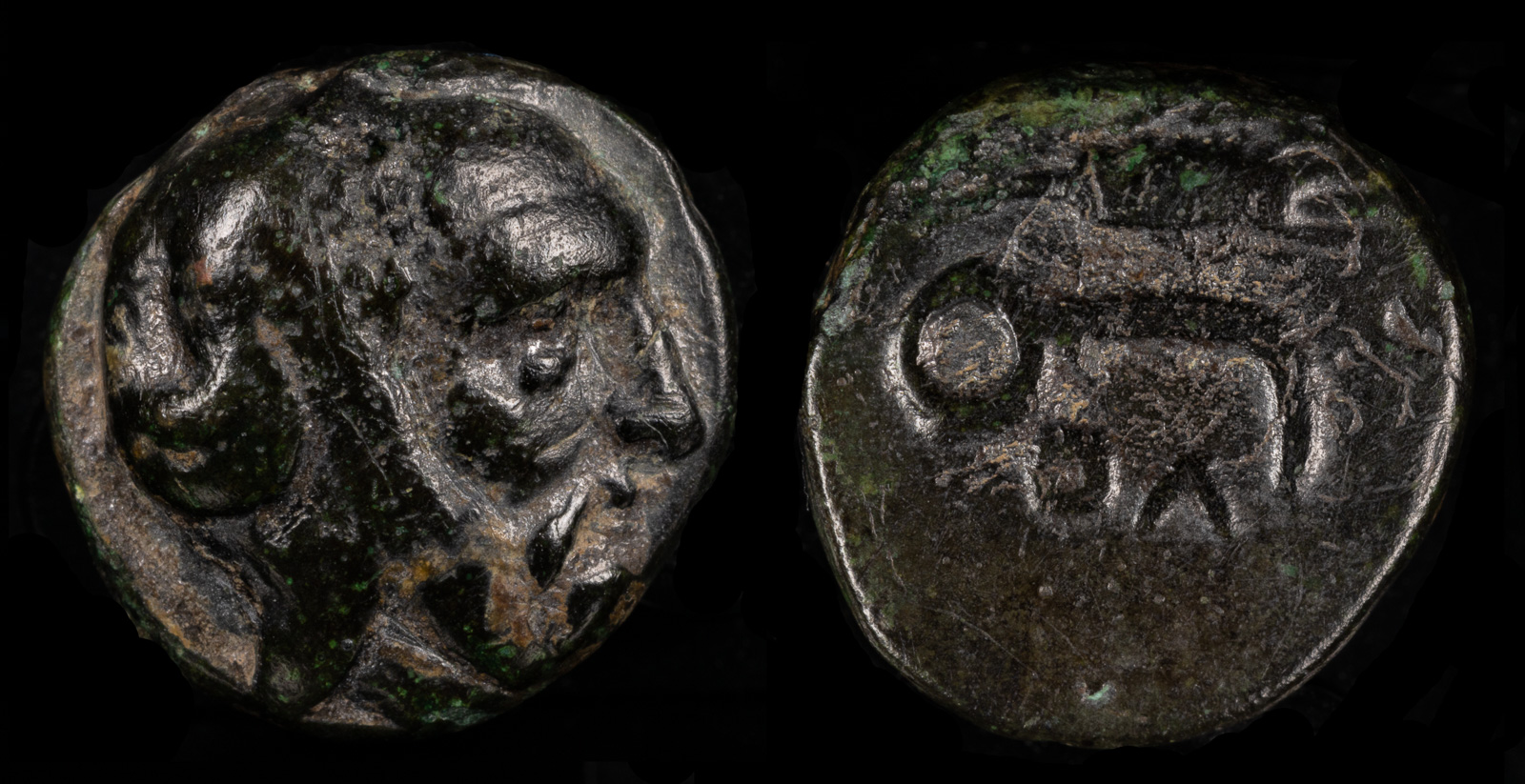Monoskelis
View All Tags
The monoskelis may be seen as a symbolic representation of a being that has been diminished, incomplete, or isolated in some way. Its single-legged form could represent imperfection or deficiency, highlighting a sense of loss or fragility in both a physical and metaphorical sense. In some interpretations, this figure may evoke themes of suffering, possibly related to individuals who have been crippled or physically harmed in battle, or to mythical beings who exist on the fringes of human experience. This could also reflect the ancient belief in the finiteness and mortality of human existence, with the monoskelis acting as a reminder of vulnerability.
In a broader, more symbolic sense, the monoskelis might also embody the universe’s inherent balance, often represented in ancient myth as a play of opposites. The single leg could be interpreted as a representation of one-sidedness, which may then evoke the need for balance or completion, much as the number two is associated with duality and the balance of forces. This theme would resonate with the cosmic struggles present in many ancient Greek myths, where gods and mortals sought balance between opposing forces, such as life and death or chaos and order.

Autophradates, Satrap of Lydia
392-388 BCE; Satrap of Ionia and Lydia, 380-355 BCE.
AE 10 mm, 1.3 gm
Obv: Head right, wearing satrapal headdress.
Rev: Grain ear and Monoskelis.
W.Weiser, NNB 9, 199 17; Winzer 11.8
Ex Gitbud Naumann
Ex Praefectus Coins